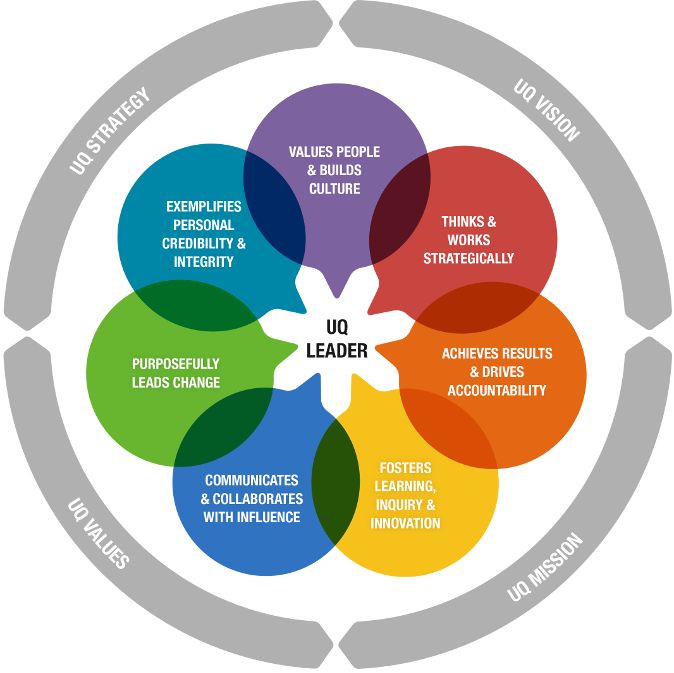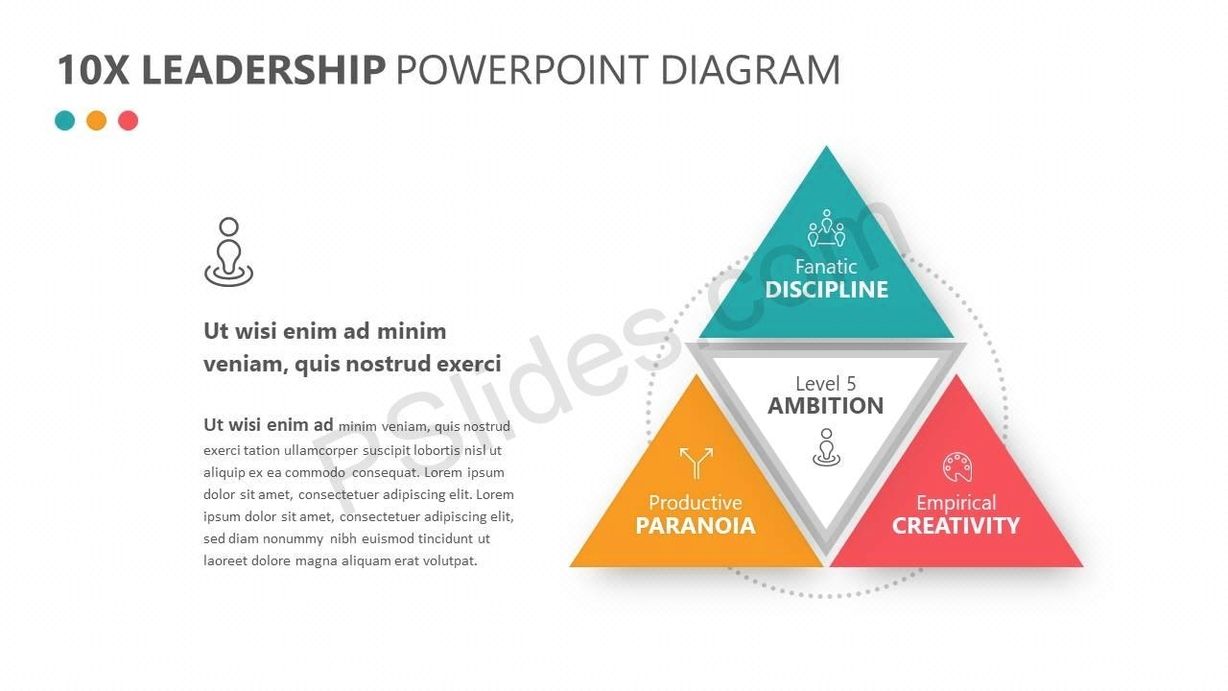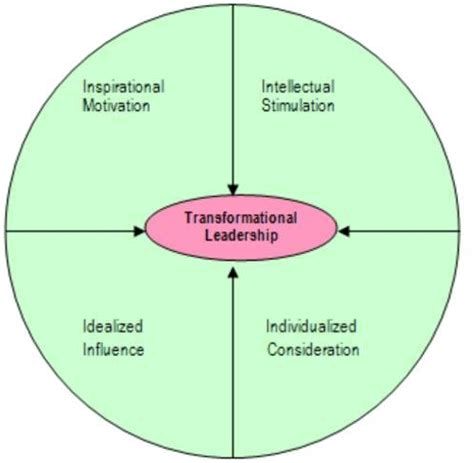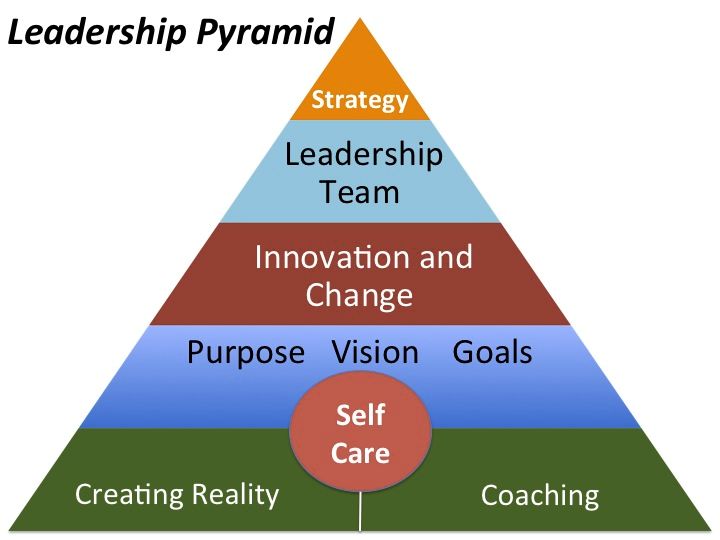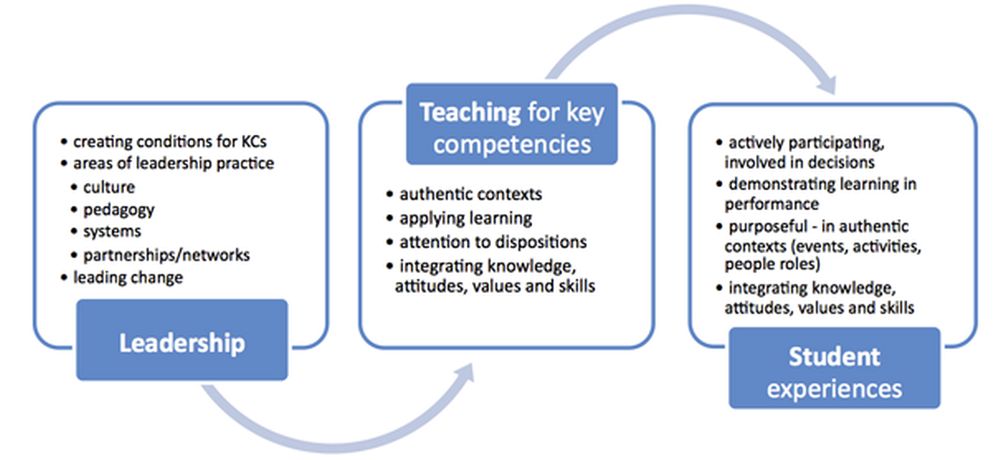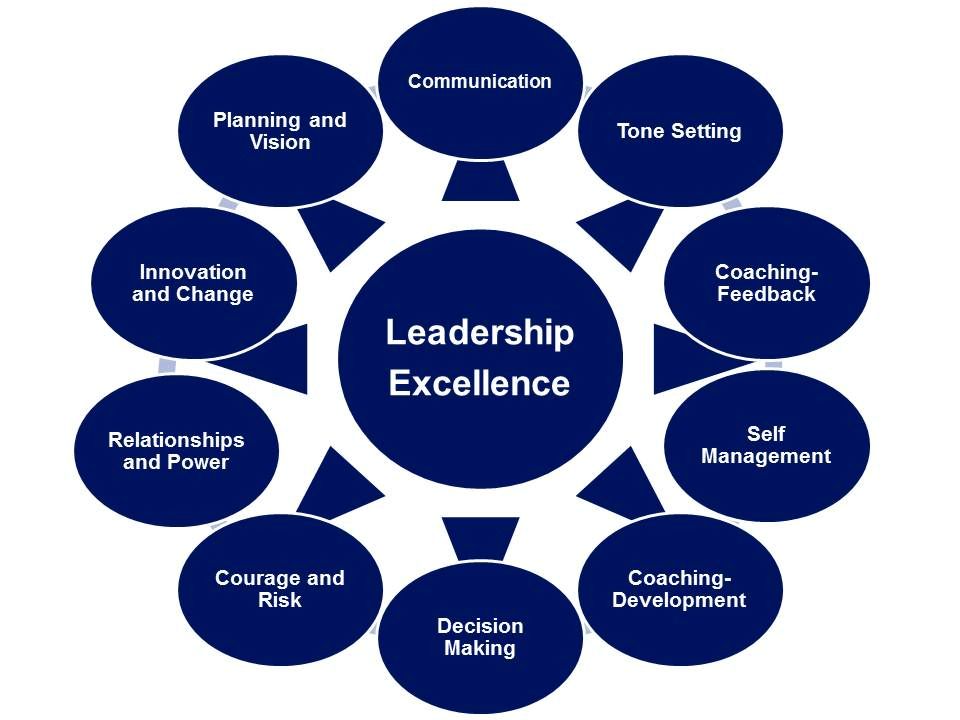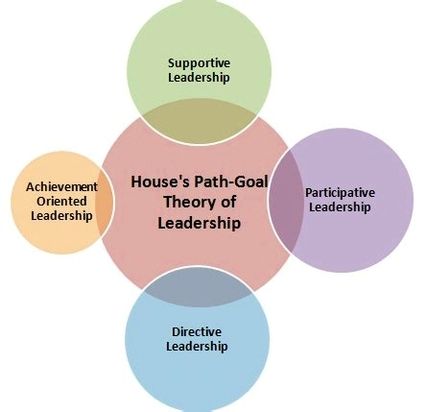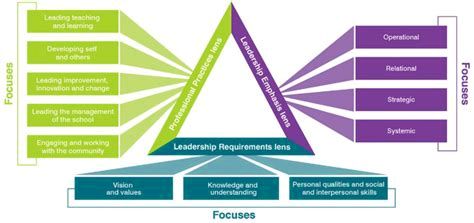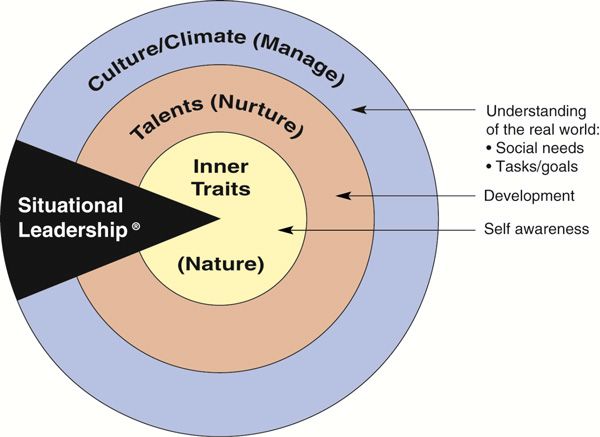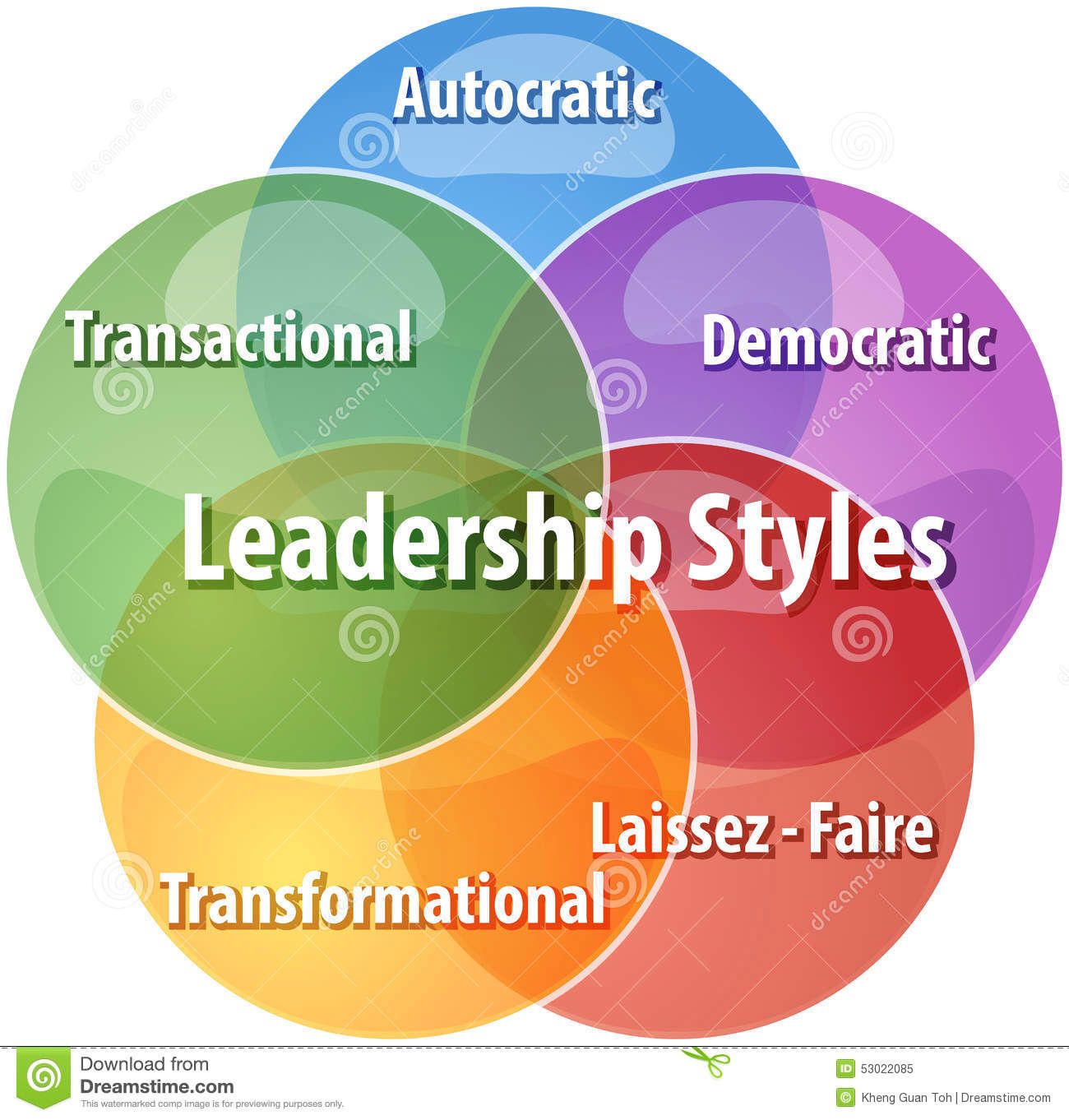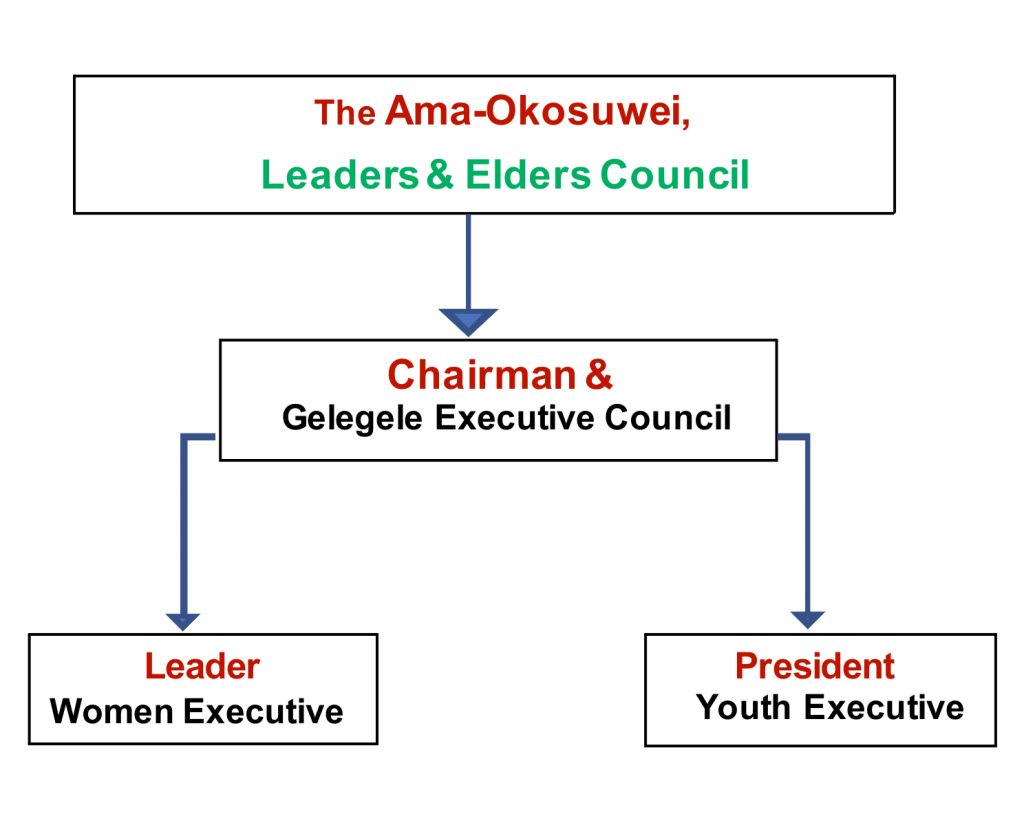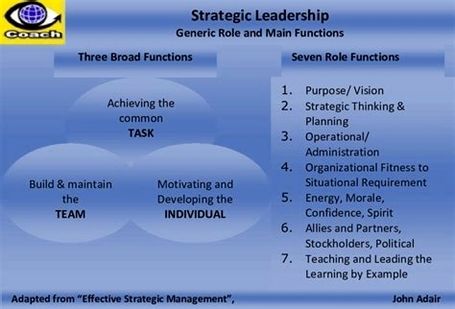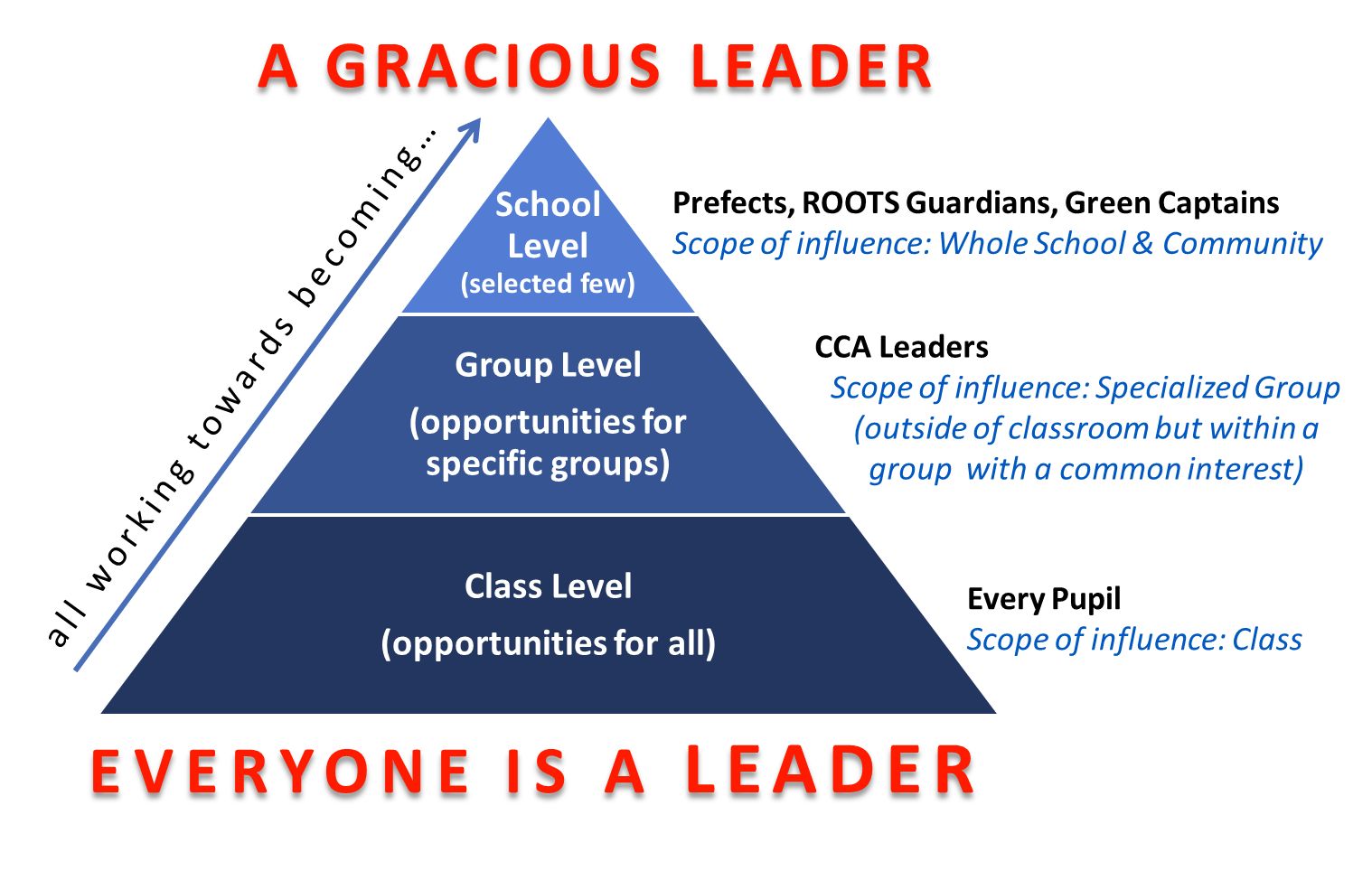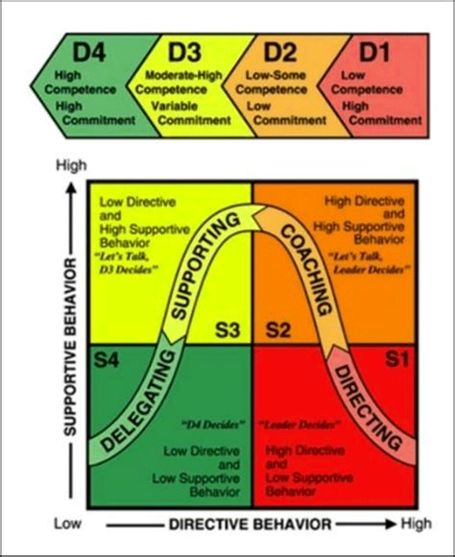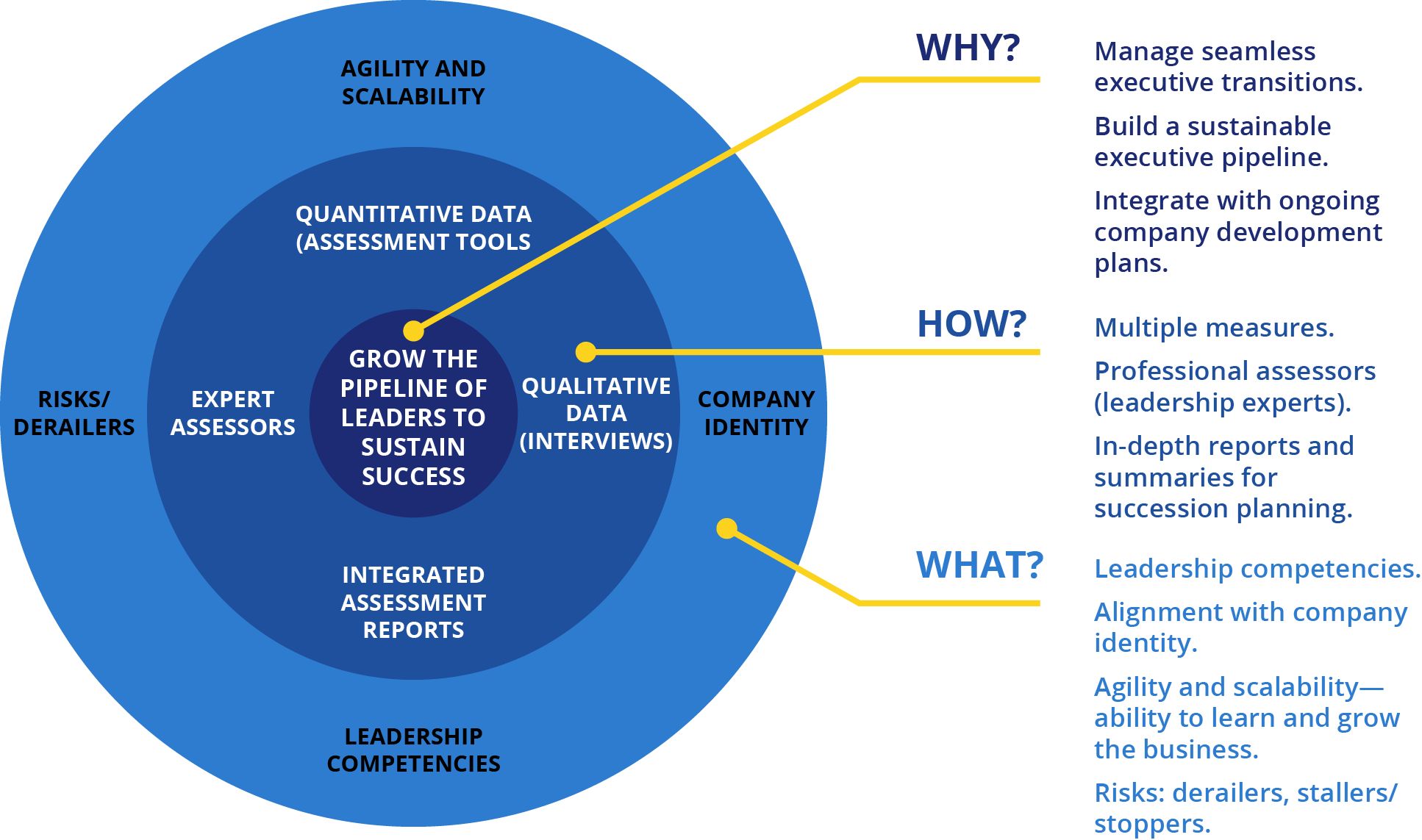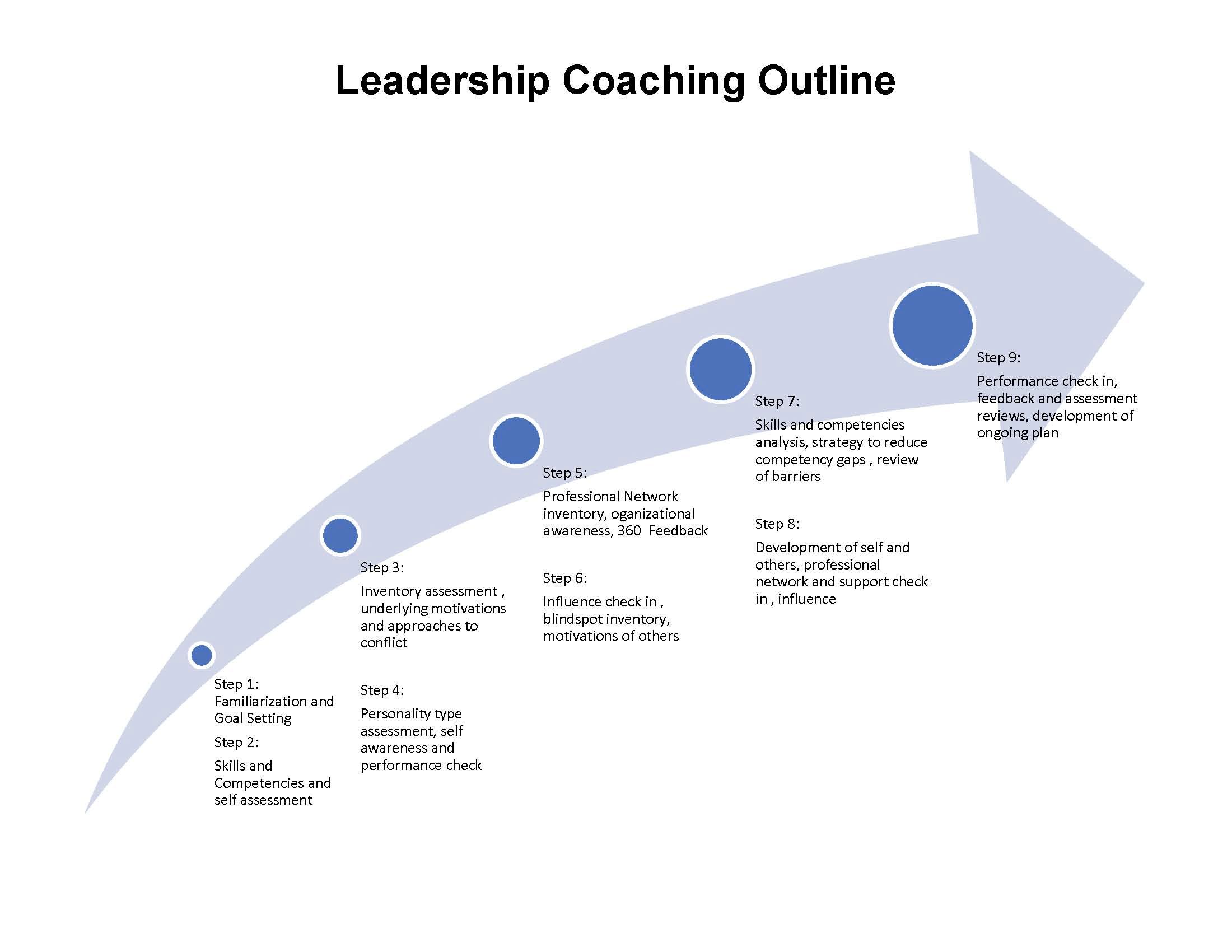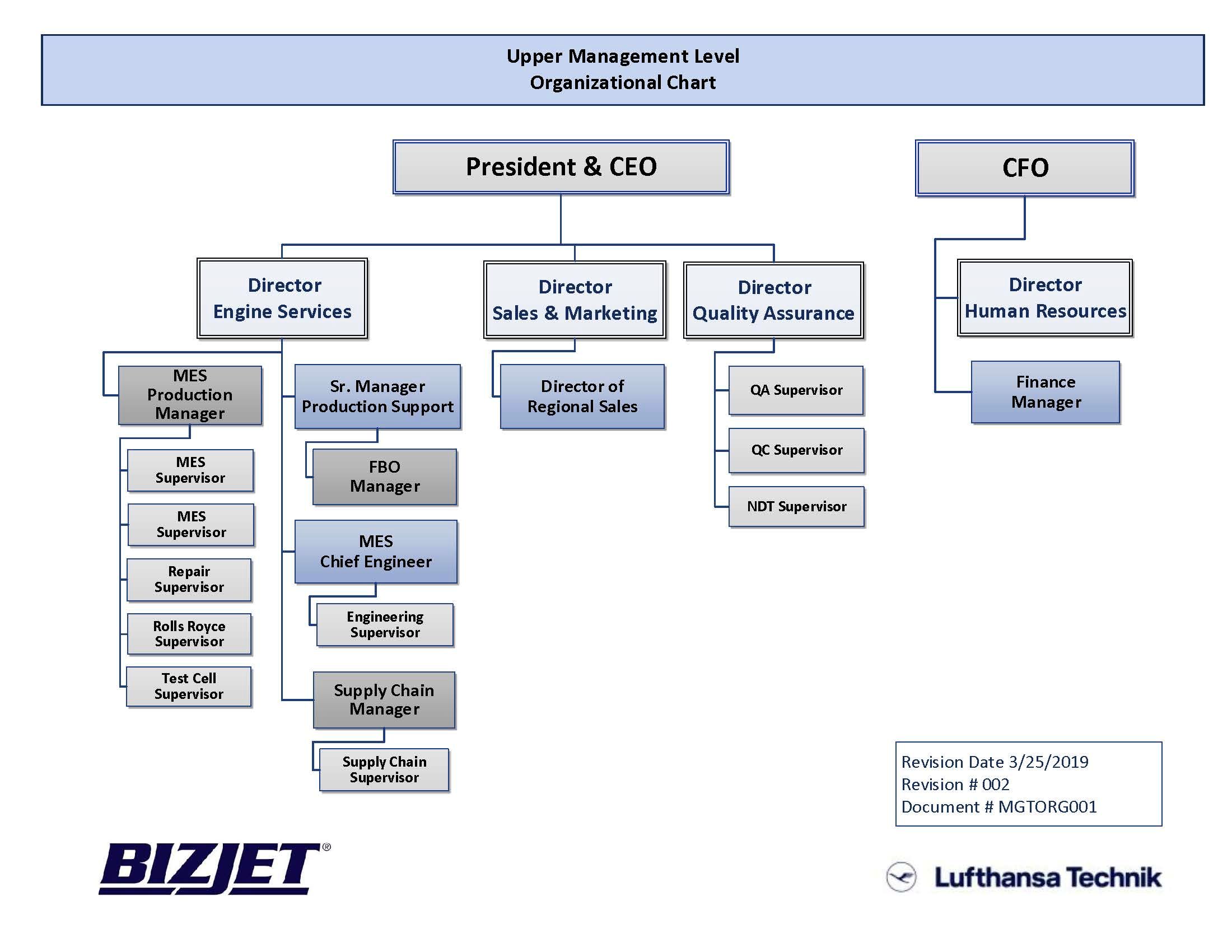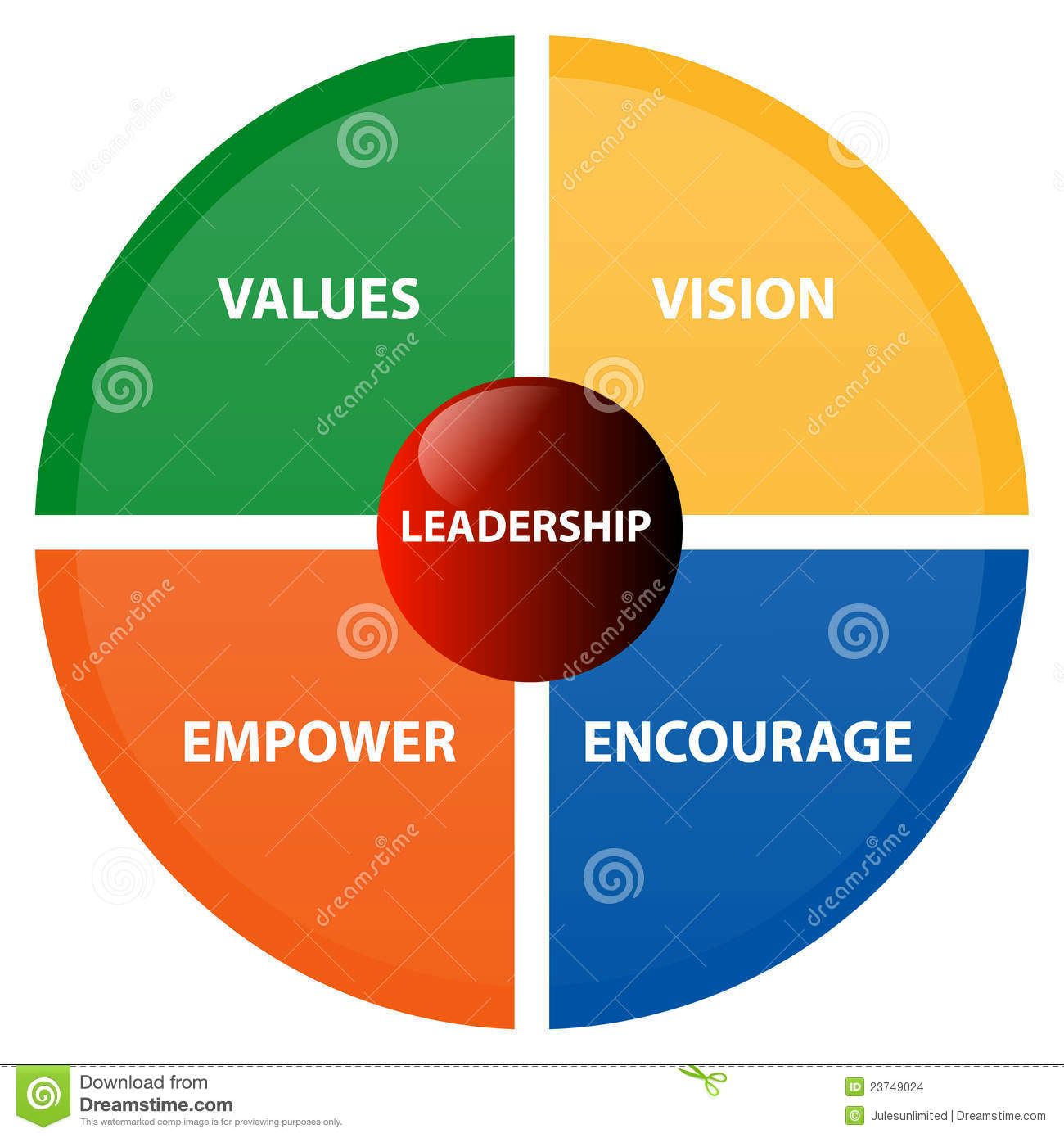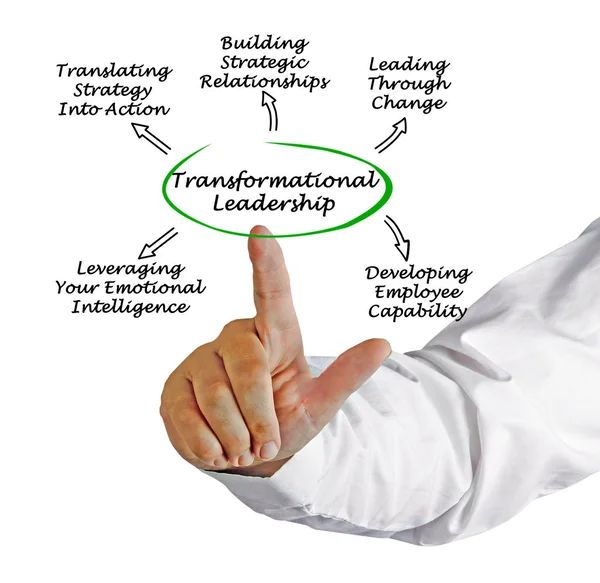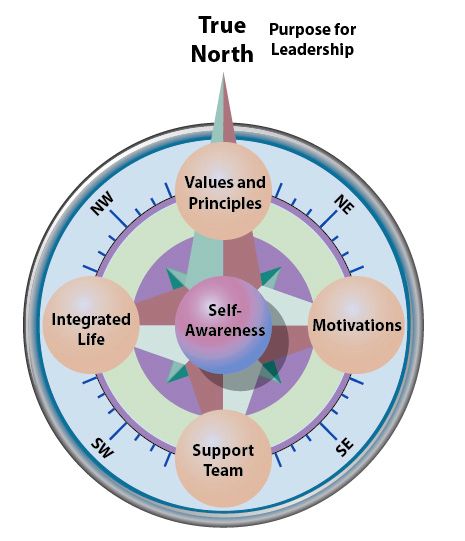You can use the framework to: articulate expectations of leadership, and support development conversations within your workplace support recruitment processes. Each leadership capability has examples of how it could be demonstrated by a leader at UQ. But there are many more ways you can demonstrate them within your own context.
You can use the framework to: articulate expectations of leadership, and support development conversations within your workplace support recruitment processes. Each leadership capability has examples of how it could be demonstrated by a leader at UQ. But there are many more ways you can demonstrate them within your own context.
Human Resources delivers high-quality advice and support to UQ staff on all aspects of HR and people matters. To contact Human Resources please speak with one of our friendly AskHR team members.
